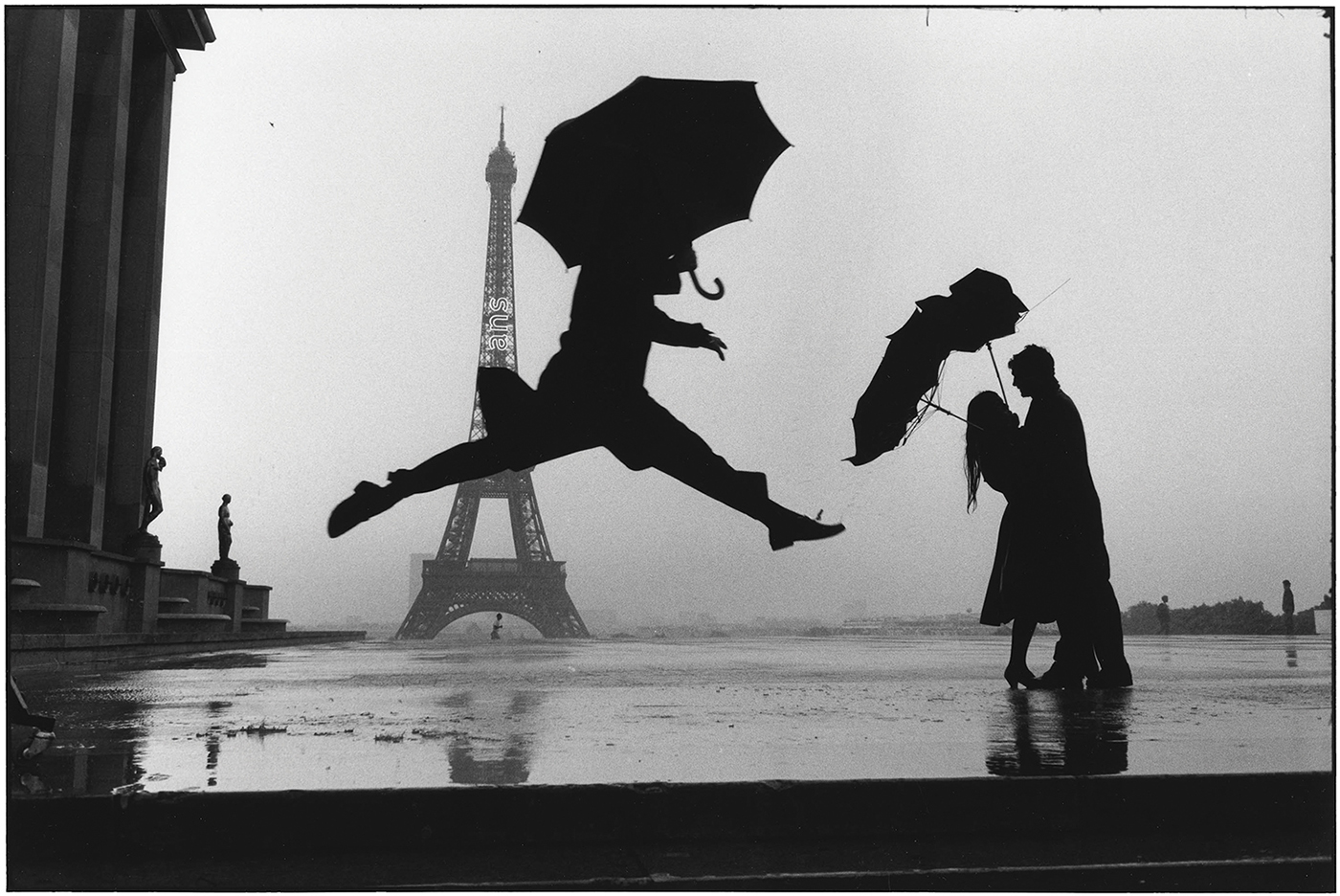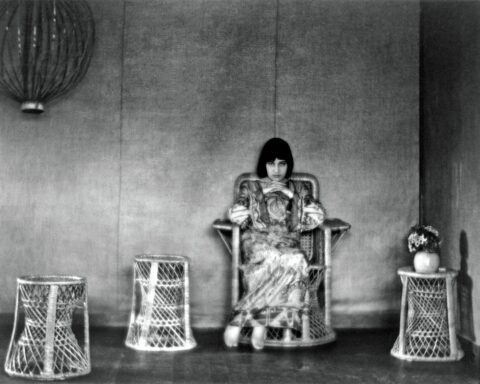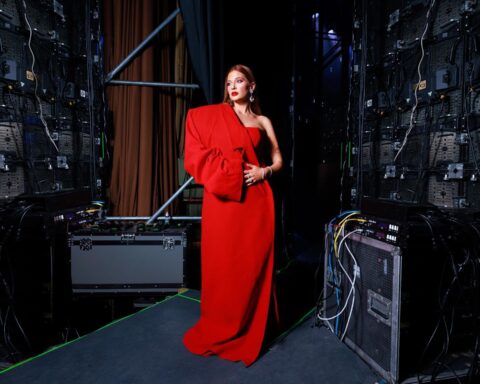Photography is an art of observation. It has little to do with the things you see and everything to do with the way you see them.
“In the field of observation,” legendary disease prevention pioneer Louis Pasteur famously proclaimed in 1854, “chance favors only the prepared mind.” “Knowledge comes from noticing resemblances and recurrences in the events that happen around us,” neuroscience godfather Wilfred Trotter asserted. That keen observation is what transmutes information into knowledge is indisputable — look no further than Sherlock Holmes and his exquisite mindfulness for a proof — but how, exactly, does one cultivate that critical faculty?
From The Art of Scientific Investigation (public library; public domain) by Cambridge University animal pathology professor W. I. B. Beveridge — the same fantastic 1957 compendium that explored the role of the intuition and imagination in science and how serendipity and “chance opportunism” fuel discovery — comes a timeless meditation on the art of observation, which he insists “is not passively watching but is an active mental process,” and the importance of distinguishing it from what we call intuition.
Just because you see does not mean you observe. The difference between seeing and observing is fundamental to many aspects of life. Observation is more than simply seeing something, but rather a mental process involving both visual and thought.
In A Scandal in Bohemia, Sherlock Holmes teaches Watson the difference between seeing and observing:
Often observation involves a conscious or unconscious linking to something that we already know, which brings us to an interesting point on how our experiences impact what we deem significant or not. Our experiences filter what we see.
When we are a novice at something, all observations are unexpected and worthy of our attention but as we learn more about a field we become more discerning about that which we consider important and noteworthy. The same holds true in life.
***
Observation is more than visual inputs (as found in The Art of Scientific Investigation):
It is important to realize that observation is much more than merely seeing something; it also involves a mental process. In all observations there are two elements : (a) the sense-perceptual element (usually visual) and (b) the mental, which, as we have seen, may be partly conscious and partly unconscious. Where the sense-perceptual element is relatively unimportant, it is often difficult to distinguish between an observation and an ordinary intuition. For example, this sort of thing is usually referred to as an observation: “I have noticed that I get hay fever whenever I go near horses.” The hay fever and the horses are perfectly obvious, it is the connection between the two that may require astuteness to notice at first, and this is a mental process not distinguishable from an intuition. Sometimes it is possible to draw a line between the noticing and the intuition, e.g. Aristotle commented that on observing that the bright side of the moon is always toward the sun, it may suddenly occur to the observer that the explanation is that the moon shines by the light of the sun.
With a storied career spanning over six decades, photographer Elliott Erwitt (born 1928) is responsible for some of the most iconic images of the 20th century. Born in Paris, France, Erwitt immigrated to the United States at a young age. In his twenties, Erwitt became acquainted with Edward Steichen (1879-1973) and his work was featured in the seminal Museum of Modern Art exhibition titled Family of Man. In the decades that followed, the artist went on to make important strides in commercial photography and photojournalism while also pursuing artistic projects in photography and film.
Although Elliott Erwitt famously captured major public figures like Marilyn Monroe, Jackie Kennedy, and more recently Barack and Michelle Obama, he is also known for his ability to reveal the extraordinary in the everyday. Clever framing, insightful visual parallels, and the ability to capture pivotal moments characterize what Erwitt called the “art of observation.” Today, Erwitt is the author of nearly 30 photographic books on subjects ranging from architecture to dogs. He has also been featured in countless magazines and newspapers, notably Life, Paris Match, and Holiday. This exhibition, featuring over 90 gelatin silver prints, provides an overview of Elliott Erwitt’s spectacular career, which paralleled important photographic innovations and historical moments of the last century.
The exhibition was organized by Photographic Traveling Exhibitions, Los Angeles, CA.






